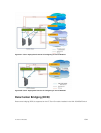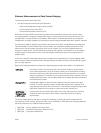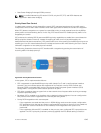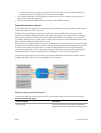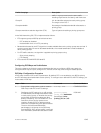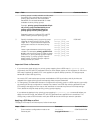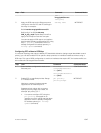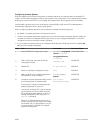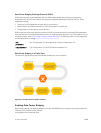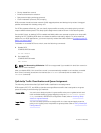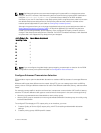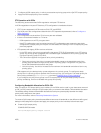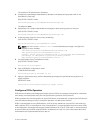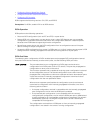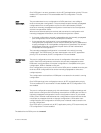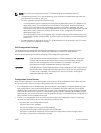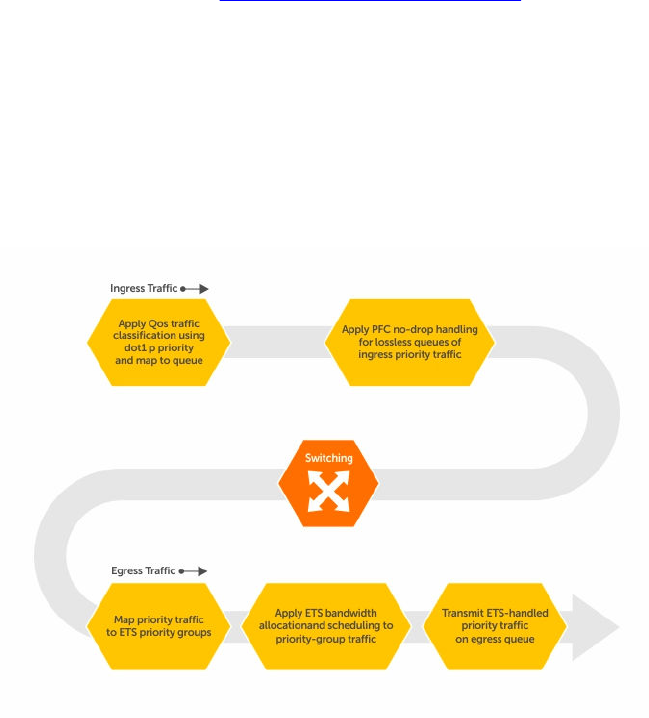
Data Center Bridging Exchange Protocol (DCBx)
DCBx allows a switch to automatically discover DCB-enabled peers and exchange configuration
information. PFC and ETS use DCBx to exchange and negotiate parameters with peer devices. DCBx
capabilities include:
• Discovery of DCB capabilities on peer-device connections.
• Determination of possible mismatch in DCB configuration on a peer link.
• Configuration of a peer device over a DCB link.
DCBx requires the link layer discovery protocol (LLDP) to provide the path to exchange DCB parameters
with peer devices. Exchanged parameters are sent in organizationally specific TLVs in LLDP data units. For
more information, refer to Link Layer Discovery Protocol (LLDP). The following LLDP TLVs are supported
for DCB parameter exchange:
PFC
parameters
PFC Configuration TLV and Application Priority Configuration TLV.
ETS parameters ETS Configuration TLV and ETS Recommendation TLV.
Data Center Bridging in a Traffic Flow
The following figure shows how DCB handles a traffic flow on an interface.
Figure 141. DCB PFC and ETS Traffic Handling
Enabling Data Center Bridging
Data center bridging is enabled by default on an MXL 10/40GbE Switch to support converged enhanced
Ethernet (CEE) in a data center network.
A prerequisite for configuring DCB:
FC Flex IO Modules
1049



